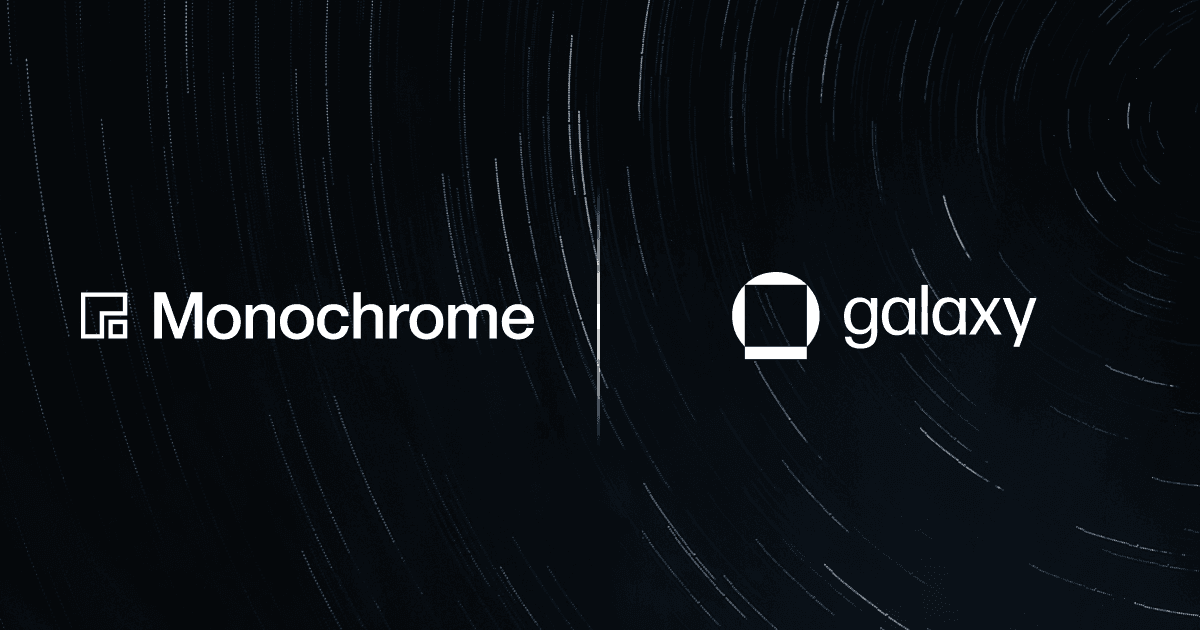Share

There has been increasing attention recently into the addition of digital assets such as bitcoin into SMSF portfolios. Before doing so, SMSF trustees need to understand the asset class and most importantly obtain professional advice on how they can safely include digital assets in their portfolios to ensure they meet all their fiduciary obligations as SMSF trustees and that no issues arise subsequently during annual audits.
Bitcoin as an asset
In The Origins and Evolution of Bitcoin, the Monochrome Research team delves into why Bitcoin was created in the first place, as well as the blockchain technology underpinning its decentralised system. In short, Bitcoin is entirely digital and decentralised, meaning that transactions take place peer-to-peer (i.e. absent a third party such as a bank) irrespective of time or location. Bitcoin does not generate any form of income, and as an investment, it is a speculative asset in which investors are seeking capital gains rather than distributions.
The Requirements for Bitcoin in an SMSF
SMSF Trust Deed
SMSFs are tightly regulated and SMSF trustees must ensure investment in this asset is permitted by the SMSF trust deed and is aligned with the fund’s investment strategy. It is common for SMSF trust deeds to have a clause that permits the SMSF to 'invest in any other type of asset permitted by the Superannuation Industry (Superannuation) Act 1993 and Superannuation Industry (Superannuation) Regulations 1994. If this is the case, the deed may allow an investment in bitcoin but SMSF trustees should always obtain professional advice to confirm this.
Responsibilities of SMSF trustees
SMSF trustees have responsibilities to:
- act honestly in all matters concerning the fund,
- act in the best interests of all fund members when making decisions about the fund,
- manage the fund separately from their own affairs,
- know, understand and meet their responsibilities and obligations,
- ensure that the SMSF complies with the laws that apply to it.
Segregated assets
A key obligation which SMSF trustees must meet is that they must hold legal title to fund assets and they must keep the assets of the fund separate from their personal assets.
If a trustee intends to purchase bitcoin for their SMSF, they need to keep that bitcoin in a digital wallet which only holds digital assets owned by the SMSF, and does not hold any assets personally owned by the trustee. Alternatively, they could custody the SMSF’s bitcoin with a crypto-asset custodian but again, the account with the crypto asset custodian should be in the name of the SMSF and not in the trustee’s personal name.
Why pathway choice is key to investor protections
Investor protections are arguably one of the most important factors to consider for SMSFs holding digital assets. As the crypto asset industry is largely unregulated, trustees need to seriously consider the risks involved in holding them via regulated pathways versus unregulated pathways.
An unregulated pathway is, for example, holding the SMSF’s bitcoin on a Digital Currency Exchange (DCE). The problem with this approach is that most exchanges state in their terms and conditions that the legal title for the holdings on the exchange rests with the DCE (and not the account holder). Not only could this cause issues during annual audits, it could also mean that if anything goes wrong and the DCE becomes insolvent, the trustee’s rights to the SMSF’s bitcoin would only be as an unsecured creditor.
There are also the risks of hacking and theft from DCEs which may or may not be appropriately managed given the largely unregulated space in which DCEs operate.
Finally, self custody (i.e. the bitcoin is stored in a wallet owned by the SMSF) has its own very distinct risks such as the risk of lost keys or passwords.
The benefits of regulated pathways
Alternatively, an SMSF can gain bitcoin exposure through regulated investment vehicles that professionally manage the risks associated with holding bitcoin as an investment.
For example, Exchange Traded Products (ETPs) that passively track the price of bitcoin, allow SMSFs to gain regulated exposure to this asset without having to manage the risks of self-custody or holding the bitcoin on an exchange. Legal title is also easily established by ensuring interests in the ETP are purchased in the name of the SMSF.
However, not all ETPs offer the same risk profile, and trustees need to carefully consider the offer document to ensure an investment in the ETP is appropriate for the SMSF.
Conclusion
Ultimately, SMSF trustees need to ensure any investment in this asset class is compliant with SMSF legislation and with the SMSF trust deed and investment strategy. Professional advice should always be obtained to ensure all constituent documents allow the investment and to ensure trustees meet all of their obligations as SMSF trustees and that no issues can later arise during annual audits.
The content, presentations and discussion topics covered in this material are intended for licensed financial advisers and institutional clients only and are not intended for use by retail clients. No representation, warranty or undertaking is given or made in relation to the accuracy or completeness of the information presented. Except for any liability which cannot be excluded, Monochrome, its directors, officers, employees and agents disclaim all liability for any error or inaccuracy in this material or any loss or damage suffered by any person as a consequence of relying upon it. Monochrome advises that the views expressed in this material are not necessarily those of Monochrome or of any organisation Monochrome is associated with. Monochrome does not purport to provide legal or other expert advice in this material and if any such advice is required, you should obtain the services of a suitably qualified professional.
Monochrome Asset Management
Related Articles

Monochrome Partners with Galaxy Digital for Total Bitcoin Wealth Management
Monochrome Capital, a related entity of the investment manager of the Monochrome Bitcoin ETF (IBTC), today announced a strategic partnership with Galaxy Digital to deliver comprehensive Bitcoin wealth management solutions for institutional clients.

IBTC Integrated into Bitcoin-Backed Mortgages for Qualifying High-Net-Worth Investors
The Monochrome Bitcoin ETF (IBTC) has been incorporated into a Top 4 Australian bank’s residential mortgage lending framework. IBTC is now recognised alongside traditional assets such as unencumbered property and income streams when assessing high-net-worth (HNW) investors for home loans. This development connects regulated Bitcoin ETFs with private banking services, enabling Bitcoin holders to access property financing without liquidating their exposure.